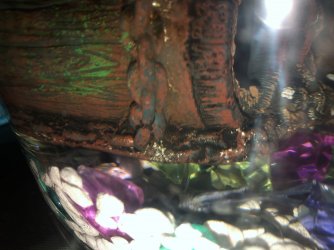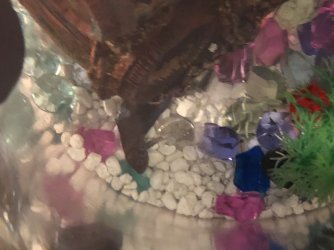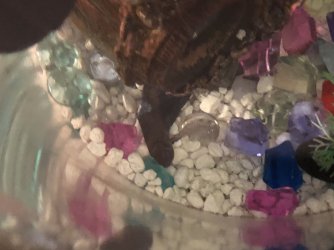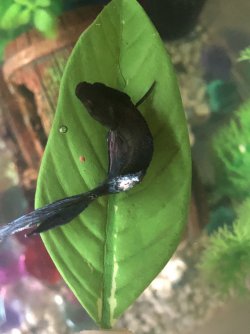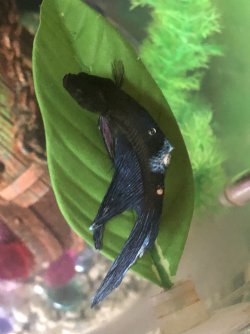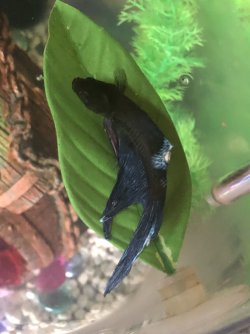Hello,
Can anyone please help me? My betta has been struggling for weeks with what I guess is fin or body rot. His top fin is completely gone and it’s eaten into his back. I have tried every medication out there and nothing seems to help!
Well, I put him on Jungle Fungus Clear and put in the amount for 3 gallons (his tank is either 2.5 or 3 gal, not sure- I bought it from someone else.) I followed instructions on box and everything was fine until 4 days later I did a 25% water change and added a second dose LIKE IT SAYS ON THE BOX. BIG MISTAKE.. 12 hours later he was gray and lying on the bottom panting. I feel so awful. I knew something didn’t seem right about adding a second dose of medicine when there was still med in there! I changed his water immediately and put the filter back in to get all the meds out. It’s been about 36 hours now and he’s still lying on the bottom. He’s alive but obviously not doing well. Is he going to pull out of it or did the overdose cause damage that he won’t recover from? I’m really sad and upset that I caused this.
Can anyone please help me? My betta has been struggling for weeks with what I guess is fin or body rot. His top fin is completely gone and it’s eaten into his back. I have tried every medication out there and nothing seems to help!
Well, I put him on Jungle Fungus Clear and put in the amount for 3 gallons (his tank is either 2.5 or 3 gal, not sure- I bought it from someone else.) I followed instructions on box and everything was fine until 4 days later I did a 25% water change and added a second dose LIKE IT SAYS ON THE BOX. BIG MISTAKE.. 12 hours later he was gray and lying on the bottom panting. I feel so awful. I knew something didn’t seem right about adding a second dose of medicine when there was still med in there! I changed his water immediately and put the filter back in to get all the meds out. It’s been about 36 hours now and he’s still lying on the bottom. He’s alive but obviously not doing well. Is he going to pull out of it or did the overdose cause damage that he won’t recover from? I’m really sad and upset that I caused this.



